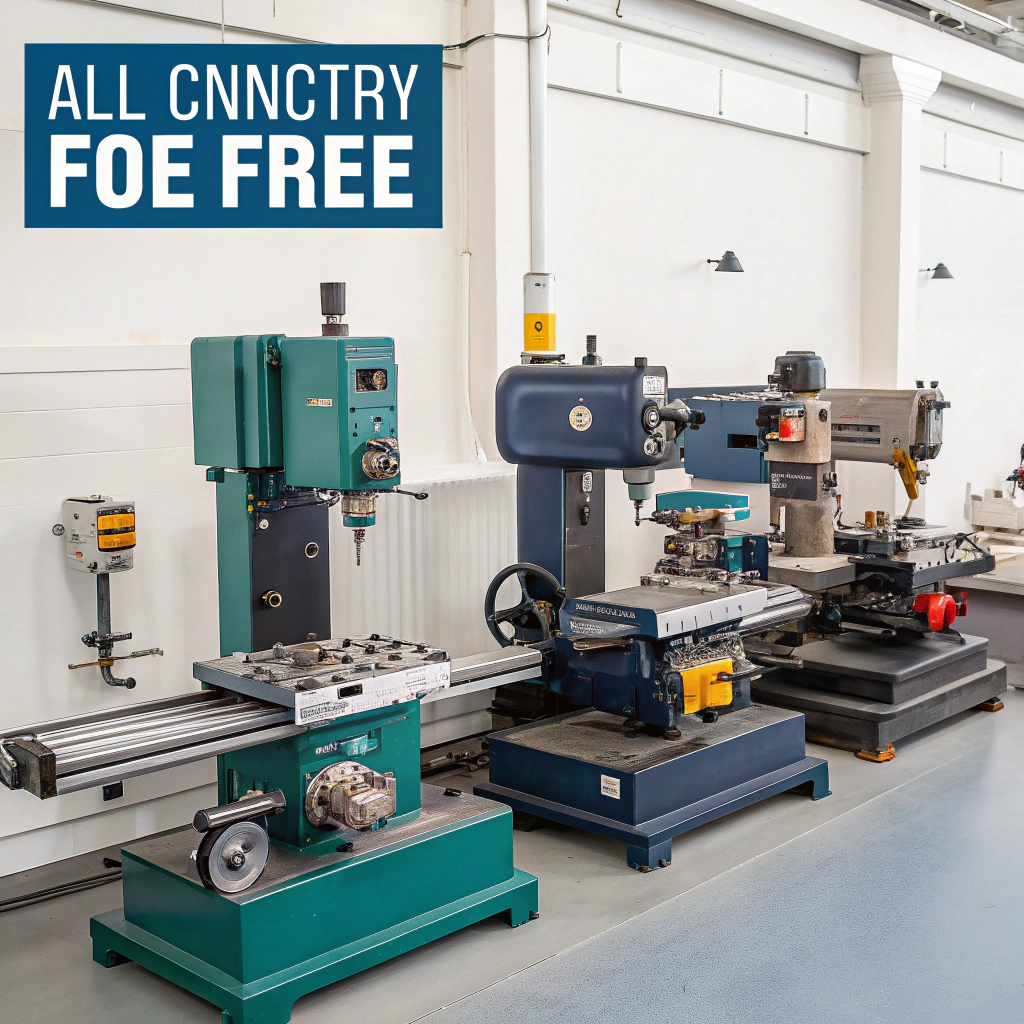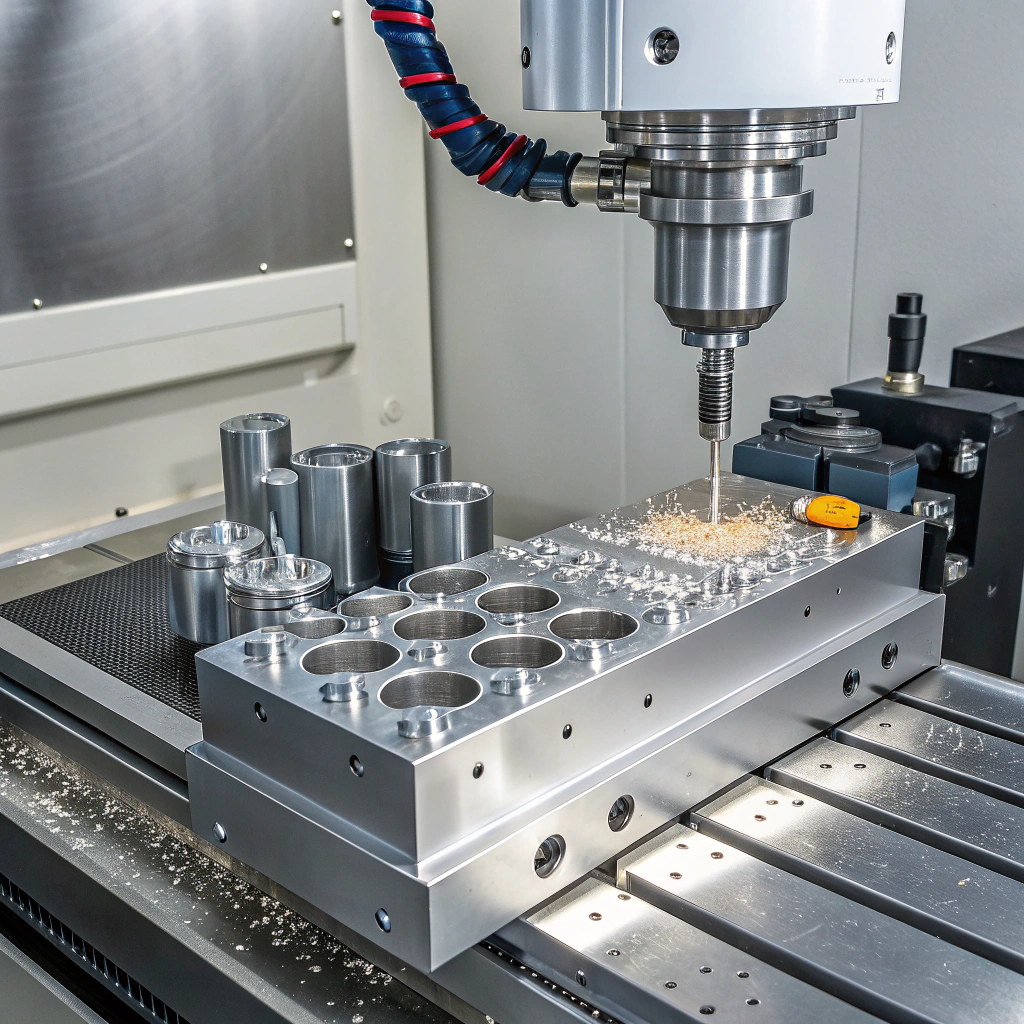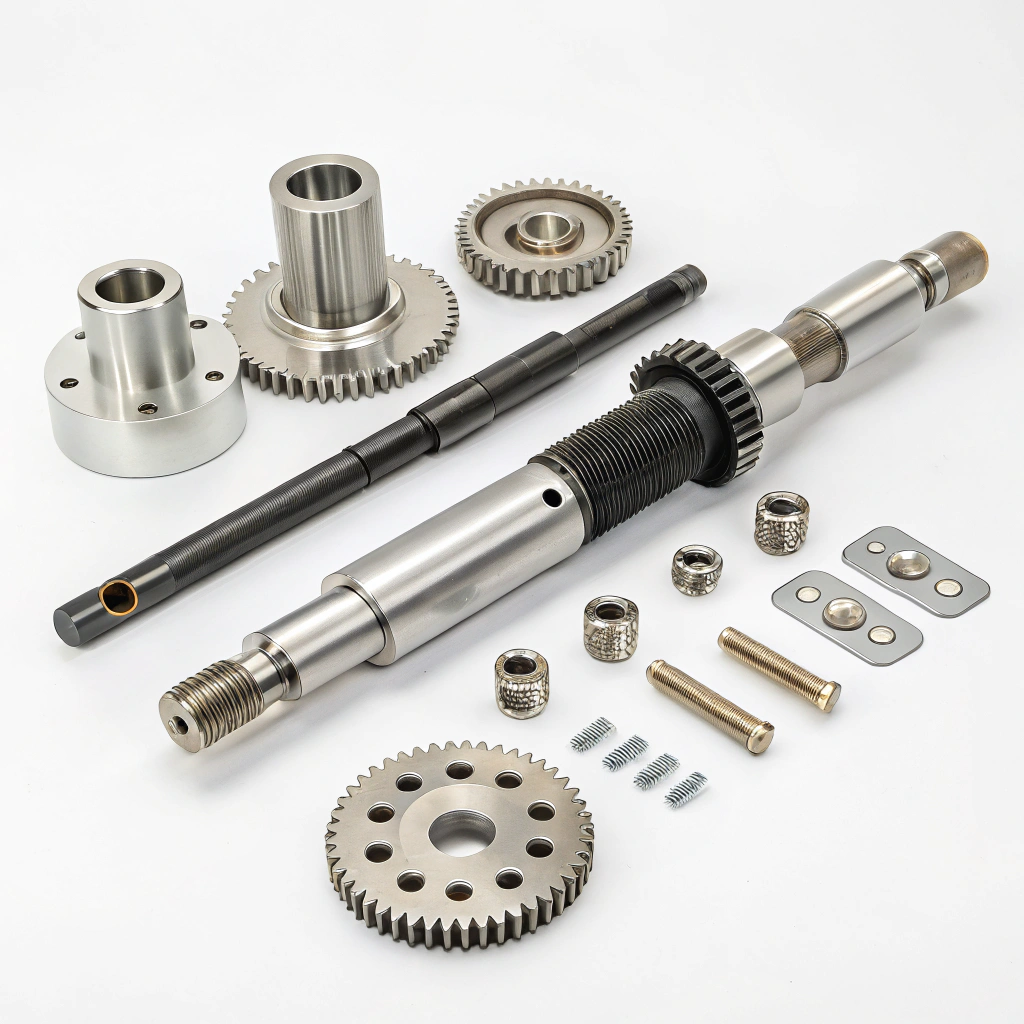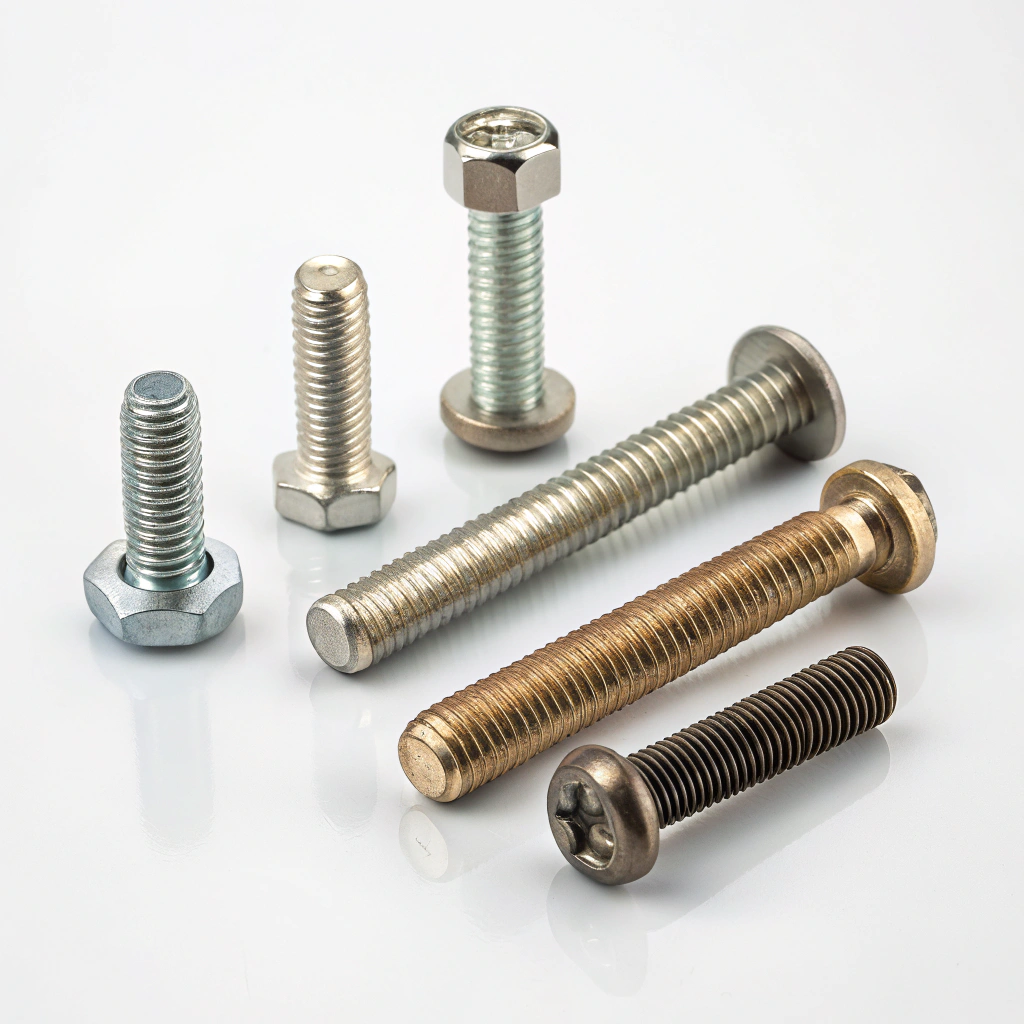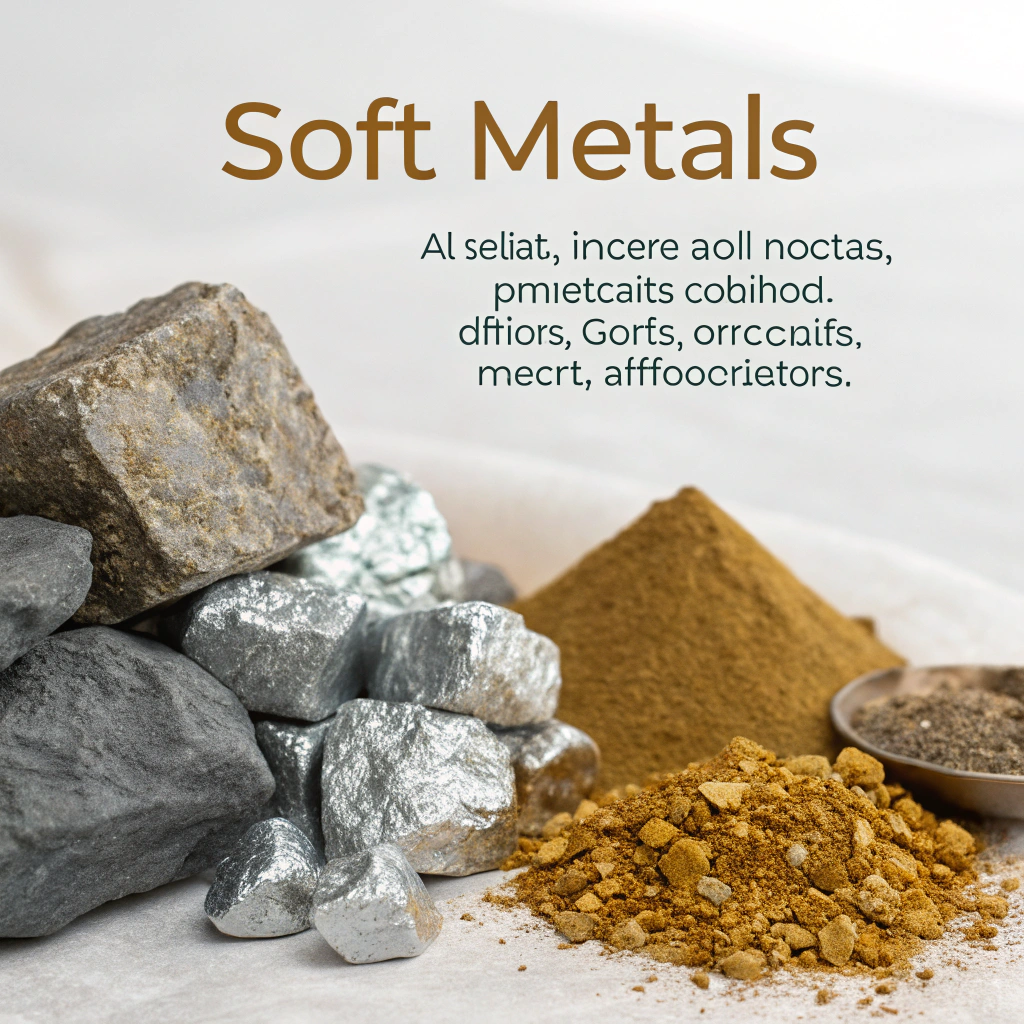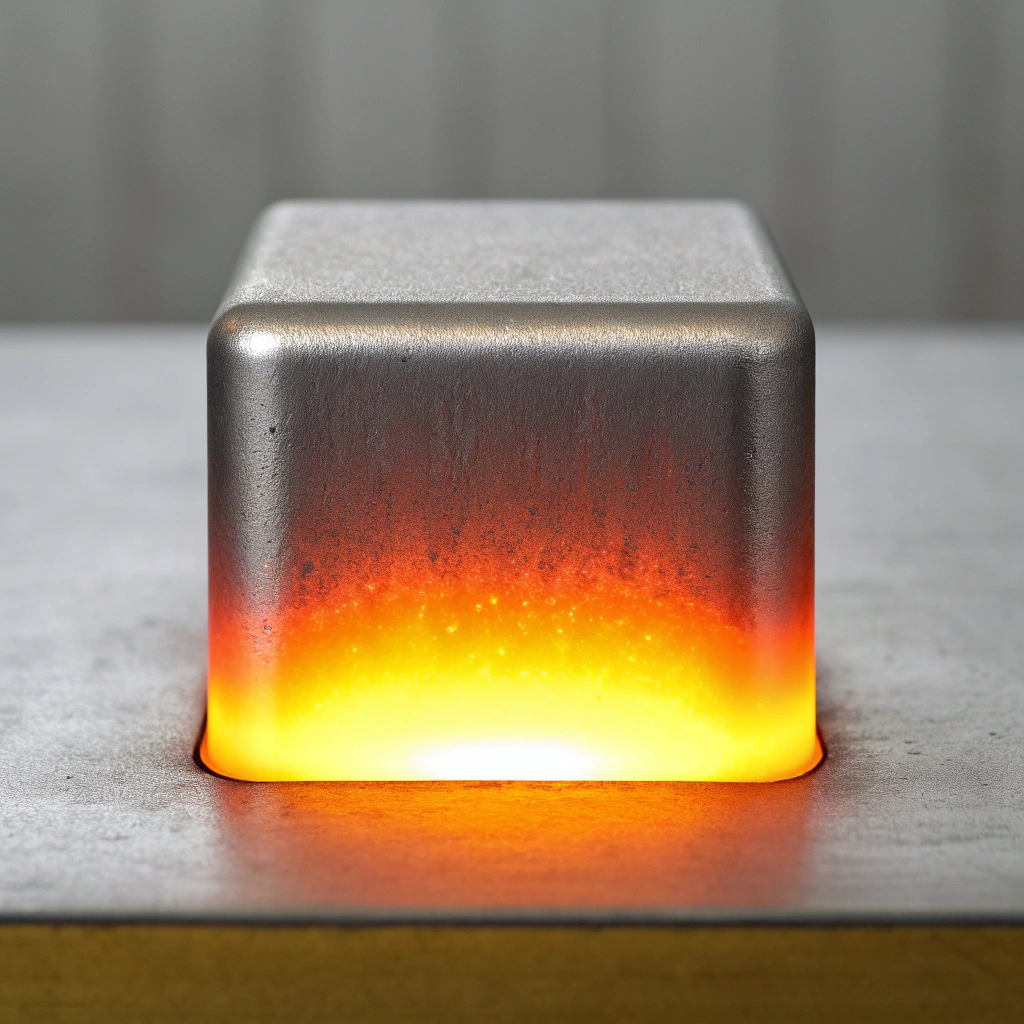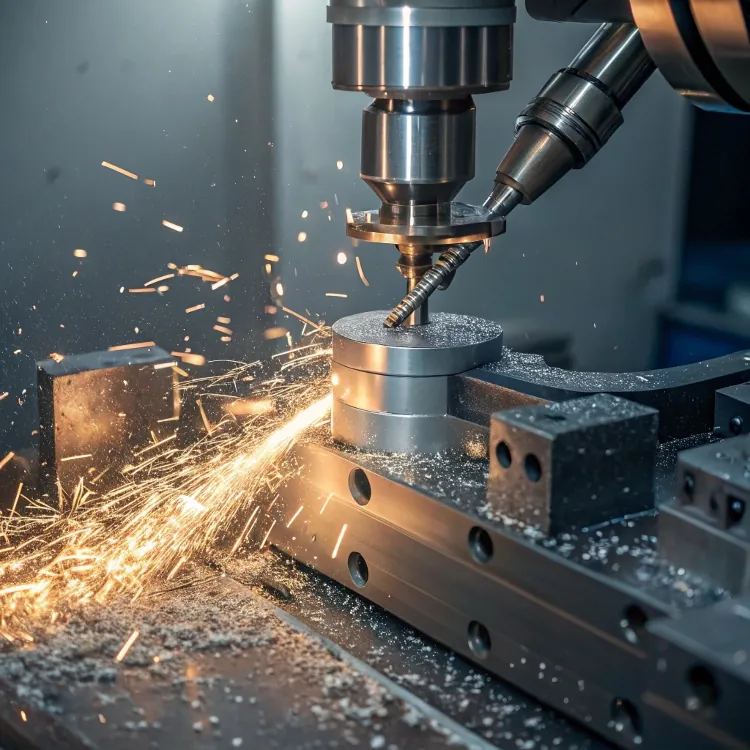
When I first considered aluminum for CNC parts, I wondered: is it strong enough for real-world use? After testing parts in prototypes and production, the answer became clear.
Yes, CNC aluminum is strong. It offers a great balance of strength, light weight, and durability, especially when machined from high-grade billets like 6061 or 7075.
Aluminum’s strength depends on its grade and how it’s machined. With proper design, I’ve used it for housings, mounts, brackets, and load-bearing frames. Let's look at what makes it strong.
How does CNC-aluminum strength compare to cast aluminum?
Not all aluminum is created equal. I learned early that billet aluminum (used in CNC) is different from cast aluminum. Their strength varies a lot.
CNC-machined aluminum from billet stock is stronger than cast aluminum because it has a uniform grain structure and fewer internal flaws.

Cast aluminum is poured into molds. During cooling, it develops air pockets or voids, which make it weaker. Billet aluminum, by contrast, starts as a solid block with consistent density.
For structural or precision parts, I always choose billet aluminum. Especially grades like 6061-T6 or 7075-T6. These offer much better mechanical performance than most casting alloys.
Billet vs. Cast Aluminum Comparison
| Property | CNC (Billet) Aluminum | Cast Aluminum |
|---|---|---|
| Tensile Strength | Higher (up to 570 MPa) | Lower (130–300 MPa) |
| Ductility | Better | Lower |
| Grain Uniformity | Excellent | Poor |
| Porosity | None | Possible |
| Machinability | High | Medium |
Cast aluminum is great for mass production of non-precision parts. But when I want strong, detailed, or precision-machined parts, billet CNC is the way to go.
What are the mechanical properties of CNC machined aluminum?
Knowing the specs matters. I often need to show clients real numbers—especially for structural parts. CNC aluminum can be both light and strong.
CNC aluminum like 6061-T6 has tensile strength up to 310 MPa, yield strength of 275 MPa, and a hardness of 95 Brinell.
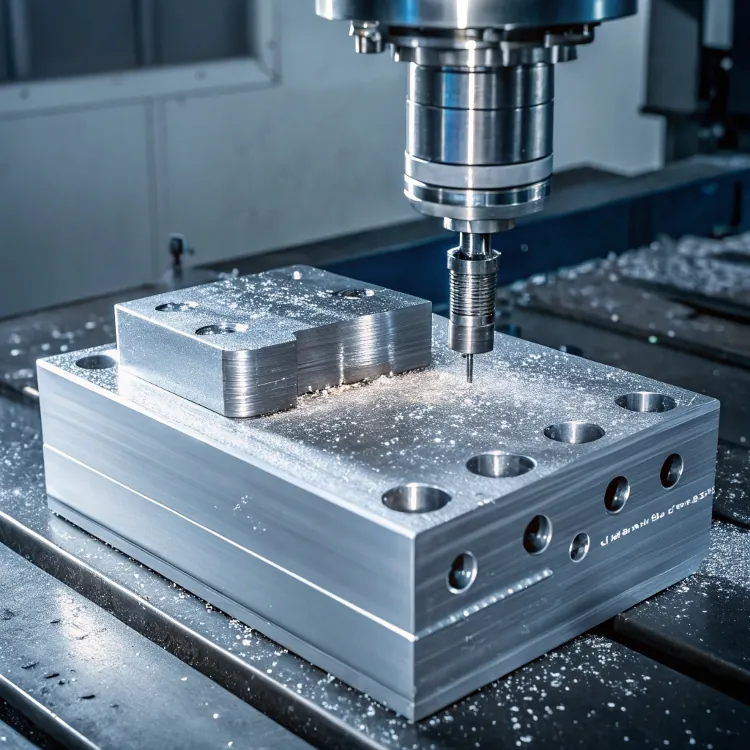
Different grades offer different traits. 7075-T6, for instance, is stronger but less corrosion resistant than 6061. I pick based on what's needed: strength, corrosion resistance, or machinability.
Mechanical Properties of Common CNC Aluminum Alloys
| Property | 6061-T6 | 7075-T6 |
|---|---|---|
| Tensile Strength (MPa) | ~310 | ~570 |
| Yield Strength (MPa) | ~275 | ~500 |
| Hardness (Brinell) | ~95 | ~150 |
| Density (g/cm3) | 2.7 | 2.81 |
| Elongation (%) | ~12 | ~11 |
I always ask clients what environment the part will be used in. If it’s outdoors or in wet conditions, I stick to 6061. If strength is the top priority, I go with 7075.
Is CNC-milled aluminum suitable for structural parts?
At first, I wasn’t sure if aluminum could handle high loads. But after testing frames and brackets, I saw how capable it really is.
Yes, CNC-milled aluminum is suitable for structural parts, especially when using high-strength alloys like 7075 or 6061 and proper wall thickness and reinforcement.

I’ve used it in drone arms, robotic joints, and medical mounts. For stability, I always add ribs or thicker sections in load-bearing areas. Machining lets me control every corner and wall.
Why CNC Aluminum Works for Structures
- Precision fit: Holes and threads align exactly
- Lightweight: Reduces system load
- Consistent strength: No casting flaws
- Surface treatments: Anodizing boosts corrosion resistance
For extremely high stress, I sometimes add steel inserts or design aluminum to work in compression instead of tension. That way, I get the benefit of aluminum’s lightness without compromising performance.
How does CNC cutting affect aluminum durability?
Some worry that CNC machining weakens metal. But if done right, I’ve found CNC cutting maintains strength and even improves surface durability.
CNC machining does not reduce aluminum’s core strength if proper feeds, speeds, and cooling are used to avoid micro-cracking or overheating.

I’ve seen parts warp or crack when tools were dull or speeds were too high. So I always monitor cutting temperature. I avoid cuts that cause heat zones, especially during fine detailing.
CNC Best Practices for Maximum Durability
- Use sharp tools to avoid stress risers
- Avoid deep cuts without coolant
- Keep surface corners slightly rounded (no sharp 90°)
- Use anodizing to protect against wear
I often finish CNC parts with clear or black anodizing. It doesn’t just look nice—it increases surface hardness and corrosion resistance, making parts last longer.
Conclusion
CNC aluminum offers real strength, precision, and durability. When designed and machined right, it’s strong enough for structural and functional parts across many industries.

